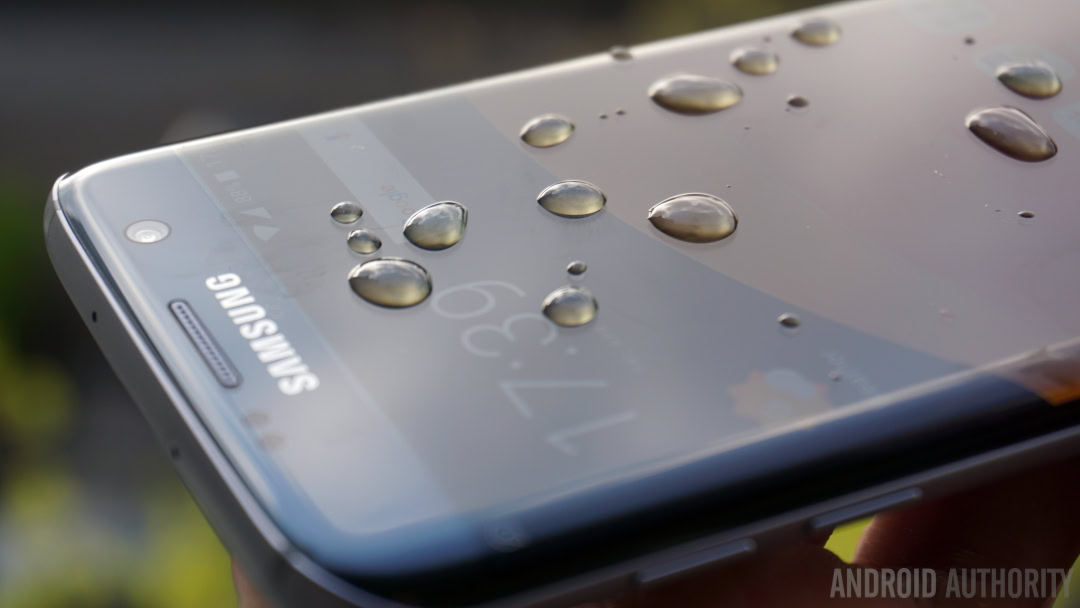Affiliate links on Android Authority may earn us a commission. Learn more.
Xiaomi founder Lei Jun explains why his company doesn't do waterproof phones
Published onJune 20, 2016

For anyone who has ever lost a substantial smartphone investment by way of water, water resistance is likely a key feature to consider when making future purchases. It’s also a brilliant boon for anyone who has a love for Pina Coladas and subsequently getting caught in the rain. Still, very few devices on the market have such a spec, though Samsung has brought it back to the front and center with this year’s Galaxy S7 handset.
Over in China, Xiaomi however, is not deaf to the pleas of its customers and their hopes for a future product with waterproofing included. At an official corporate event, the company’s founder, Lei Jun, went on record offering up an explanation as to why his company has yet to bring such a product to market.
The issue is both one of cost – something that many would likely assume was factored in – but also something that is perhaps just as important, if not even more so, that some people might initially consider. Specifically:
- If water resistance was added to the product(s) the price would increase roughly 20-30% above what Xiaomi devices cost now.
- Ensuring water resistance requires that the handsets themselves are not damaged or compromised in any way.
Mr. Jun did say however, that, if customers were willing to part with the extra cash needed to add waterproofing, Xiaomi would consider making such devices in the future.
Super soaker

Putting the cost issue aside, there is a good point to be made in the idea of a compromised product due to damage and drops. Water resistant products, as they exist today, all basically revolve around a single basic understanding: the internals must not come into contact with water. This is done, naturally, by sealing off the ports. While companies like Sony have regularly made use of gaskets and such attached to “door” flaps, others have opted for a different process, such as with Samsung’s Galaxy S7, which has sealed the insides but left them exposed for ease of access.
With Sony’s Xperia phones, frequent and repeated use of a flap would typically weaken the plastic “hinge” that tethers it to the product. After enough wear and tear, the panel cover might fall off entirely, thus causing a major problem to be had. The same was true of Samsung’s Galaxy S5, which also used a flap to cover the USB port.
In addition, phones like the Galaxy S5 and the Motorola Moto X (3rd Generation) used waterproofing gaskets on their back covers, which required that all of the “pegs” be properly placed into their respective slots to ensure a sufficient seal. If even one was left loose – especially under the rear camera – the entire phone could be ruined in a flash.
Even with the sealed nature of this year’s Galaxy S7, any kind of damage or deformity to the frame could theoretically jeopardize the waterproofing.
What do you think? Would you pay more for a waterproof product, or is a standard selection more to your liking?